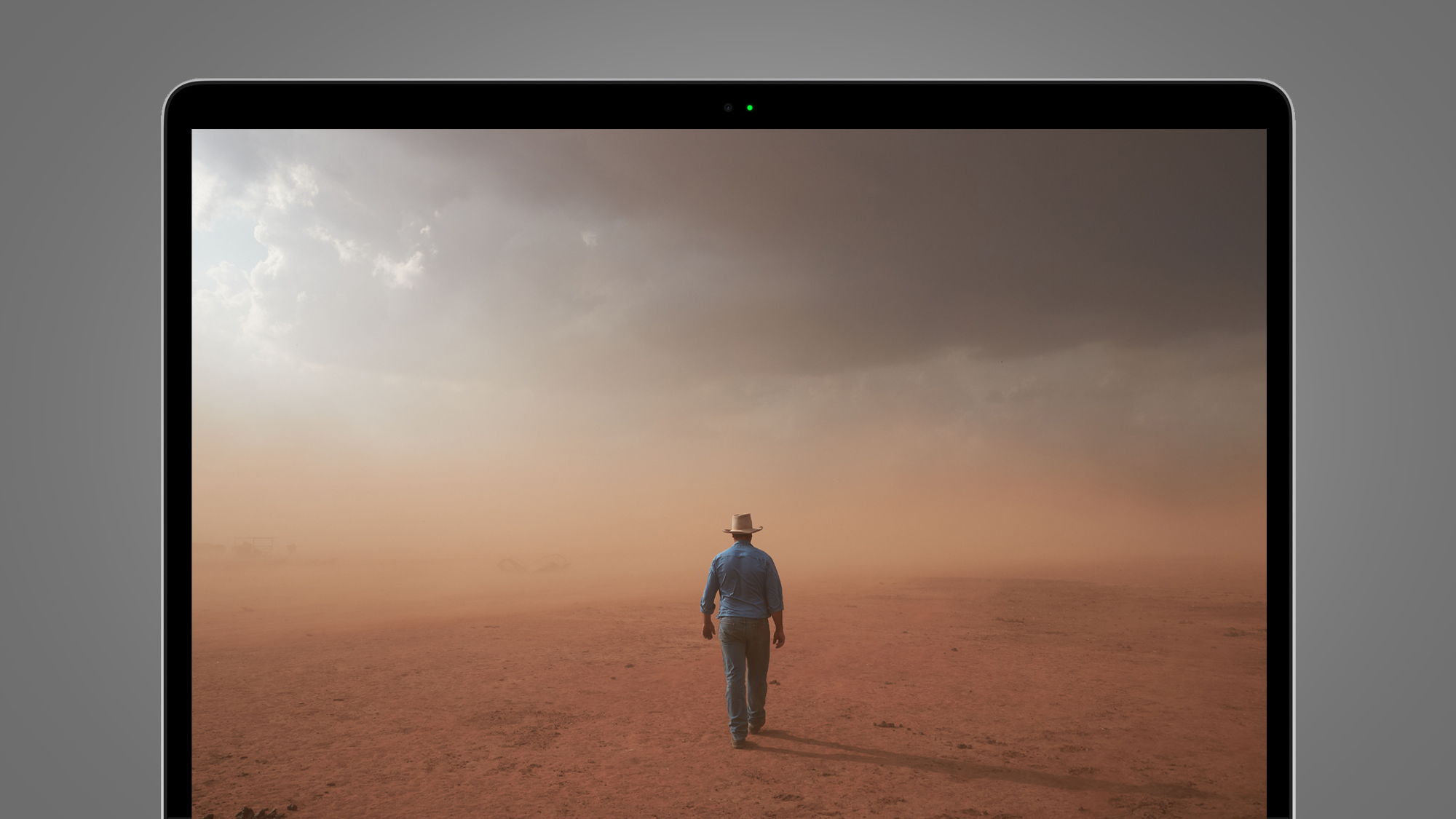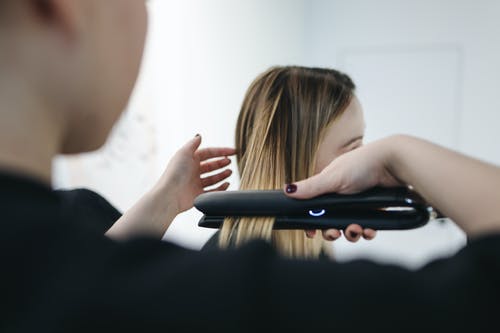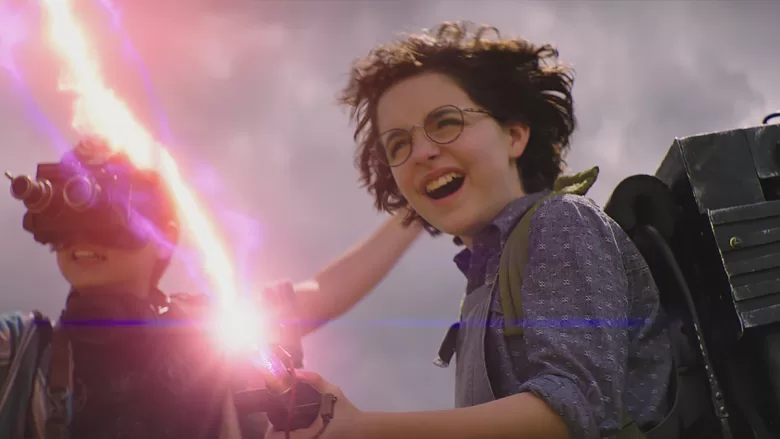
It’s World Photography Day 2021, which means one thing – you want to excuse to stop working and scrolling a glorious gallery of the best photos of the year, right? That’s good, because we put it together for you below.
To create our list of breathtaking snaps, we chose the winners of the most prestigious photograph contests of this year, including the Awards Sony World Photography, the Wildlife Wildlife Wildlife Photographer and iPhone photography prices. We then included the backstory for each photo of the photographers themselves so that you can recreate them (possibly).
But wait, what is the World Photography Day exactly? Well, unlike some sponsored days (sorry, National Lawyers Day), it’s a truly important date – it was that day in 1839 that the “DaguerroType” process was officially gifted in the world (or , in other words, has been open source).
And what is the process of daguerrotype, other than an excellent name for a PROG band? It was the chemical method developed by the French artist and the physicist Louis Daguerre, who finally became the first commercial photographic process and threw the bases of the photograph of the 20th century.
We explained a little more about this historic moment of the box on the right, but if you prefer to continue to scroll the best photos of the year while wearing your world photograph t-shirt, we are not going to remember you …
No, it has not been shot down by the Rover of Perseverance March. Instead, this winner photo of Australia’s national photographic price shows that the farmer David Kalisch walks in a huge dust storm on his farm struck by drought. The judges stated that he “captures the fragility and uncertainty of times” and labeled “an extremely powerful image”.
Photographer Joel Pratley says the picture was very “to be in the right place at the right time.” It was actually on a photoshoot aimed at raising awareness of rural help when “a huge dust storm hits by highlighting the enormity of the challenges facing farmers.” The shot was taken on a Canon EOS R with a USM lens of 28 to 70 mm F / 2L – and if you were asking for the level of the dust resistance of this camera, this shot is a ringing endorse.
This moving panorama was created in the early stages of the pandemic when the photographer drilling Yavari found himself “disconnected from my mother and my sister and that made me feel helpless and frightened,” she says. Then “one day when I felt depressed, I decided to paint me, put the camera on the self-timer and capture all the emotions I had,” she adds.
Although there was no plan to do anything with the photos at the time – she then “decided to do something with them: a panoramic image expressing all my feelings of loss, feelings of impotence, then deformation of the loss “. The result is something of a monument to the pandemic experience of many people and reminiscent of the painters who inspire his photograph, including Rembrandt, Delacroix and Goya.
This emblematic photo shows the first hug that Rosa, an 85-year-old resident in a São Paulo care house had apparently received in five months. Brazil’s care homes had closed to all visitors because of the pandemic and caregivers were informed to keep physical contact with the strict minimum. But the home house is offered with a simple invention, “the urinous curtain”, which allowed people to kiss again.
The photo was turned using a Canon EOS 5D Mark III at a focal length of 50 mm, with the Danish photographer Mads Nissen using 1/600 sec settings at F / 5.6, ISO 200. Nissen worked As a staff photographer in Danister Daily Politiken since 2014, you have probably met with his work in tastes, Newsweek, CNN, National Geographic, The Guardian, Stern, and Der Spiegel, among others.



